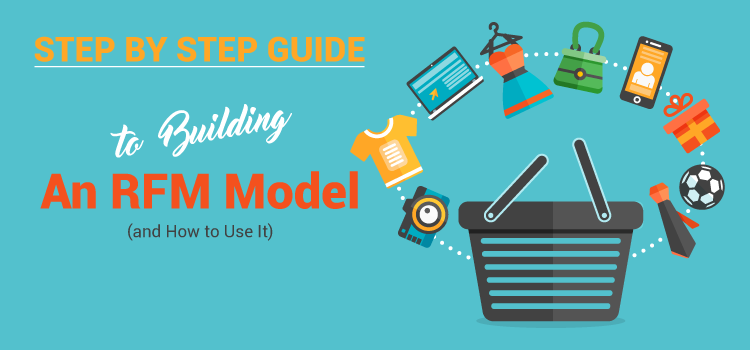
RFM analysis is a powerful tool for e-commerce businesses looking to understand customer behavior and segment their audience into high-value groups. In this article, we will guide you through the process of building an RFM model for your e-commerce business.
Step 1: Collect Data The first step in building an RFM model is to collect data on your customers’ purchasing behavior. This can be done by tracking website analytics, transaction records, or any other relevant data sources you have access to.
Step 2: Score Users Once you’ve collected enough data, it’s time to score each user based on recency, frequency and monetary value separately. To do so start with assigning scores from 1-5 (with ‘5’ being highest) based on how recently the user has made a purchase (‘Recency’). Similarly assign scores from 1-5 based upon how frequently they make purchases (‘Frequency’) . Lastly assign scores from 1-5 based upon the amount spent by them (‘Monetary Value’)
For instance:
Recency:
- Customers who made purchases within last day/week/month – scored as ‘5’
- Customers who made purchases within last quarter/half-year – scored as ‘3’
- Customers who made purchases more than half year ago – scored as ‘1’
Frequency:
- Customers making more frequent transactions such as weekly/monthly – scored ‘4’ or above
- Those making occasional transactions could be placed lower
Monetary Value:
- High spenders could be given higher weights i.e., score of “4” or above
- Low spenders would get lower weighting
By combining these three sets of scores together we create composite / summary score which helps identify high-value segments .
Step 3: Segment Creation Using these composite RFM Scores generated in Step #2 , we then divide our customer base into different segments like “high-value,” “medium-value” and “low-value” segments. This will allow us to create targeted campaigns for each group.
Step 4: Targeted Messaging Based on the high/medium/low value customer segmentation created in Step #3, businesses can tailor messaging and promotions towards specific segments . For instance , High-Value customers could be sent exclusive offers or rewards, while low-value customers may receive more general promotions to incentivize them to make a purchase .
Step 5: Continuous Analysis Finally, it’s important to continuously track and analyze RFM scores of users & re-segment them accordingly based on changes in behavior over time. By doing so we ensure that our marketing strategies remain relevant and effective.
In conclusion, by implementing an RFM model businesses can better understand their customers’ behaviour leading towards increased personalization ultimately resulting in higher engagement rates while simultaneously improving brand loyalty ultimately leading towards increased revenue streams.